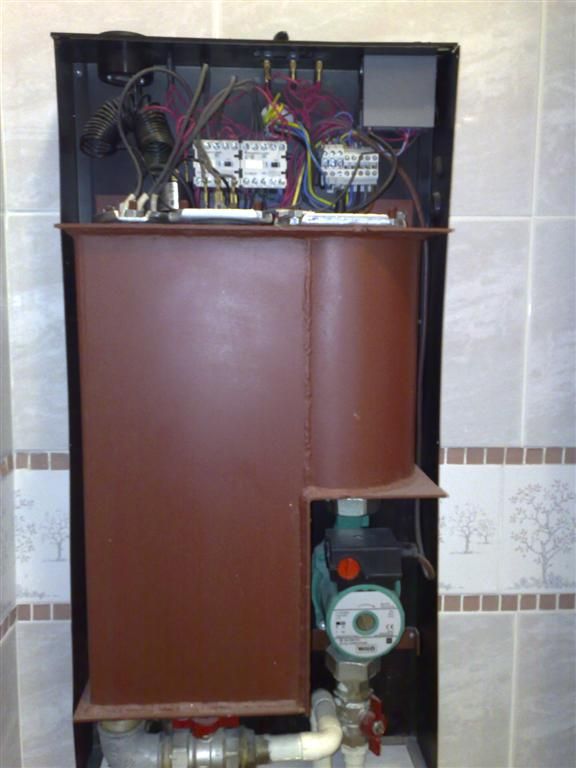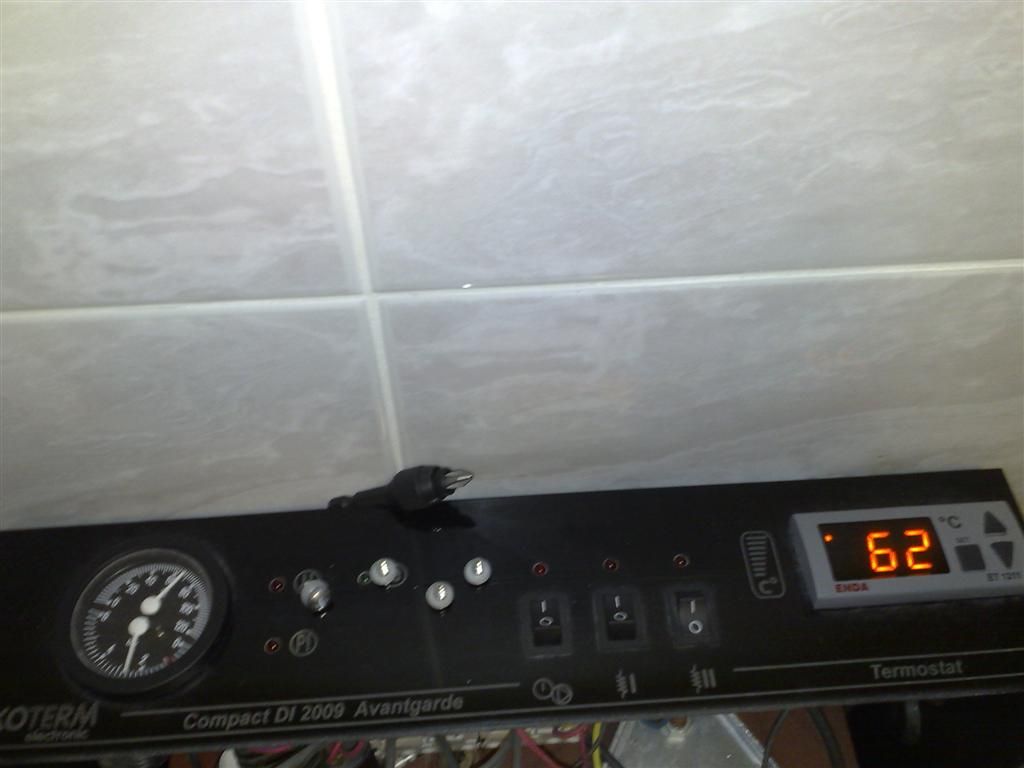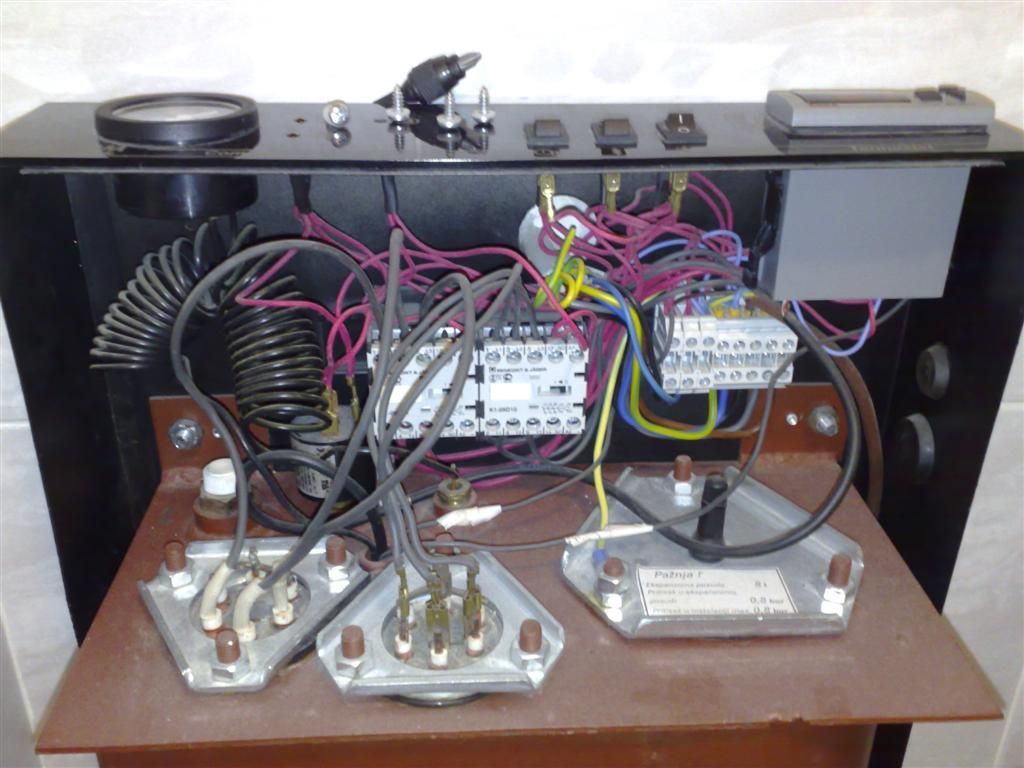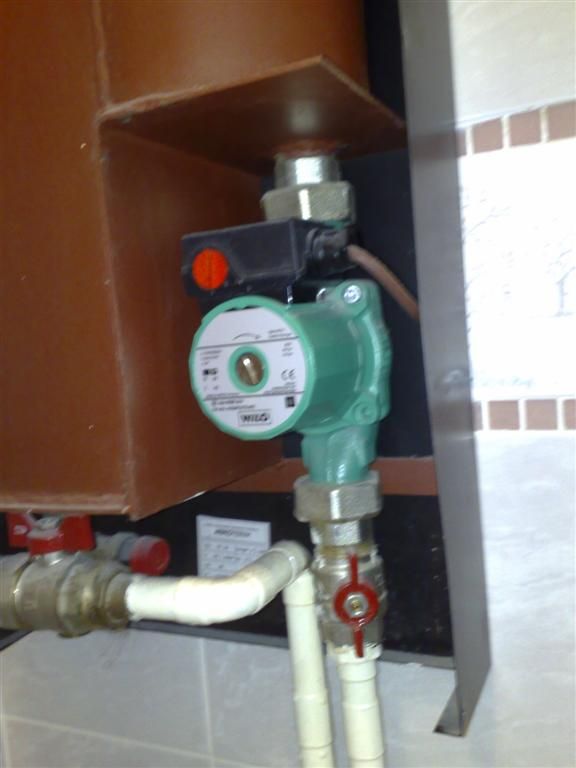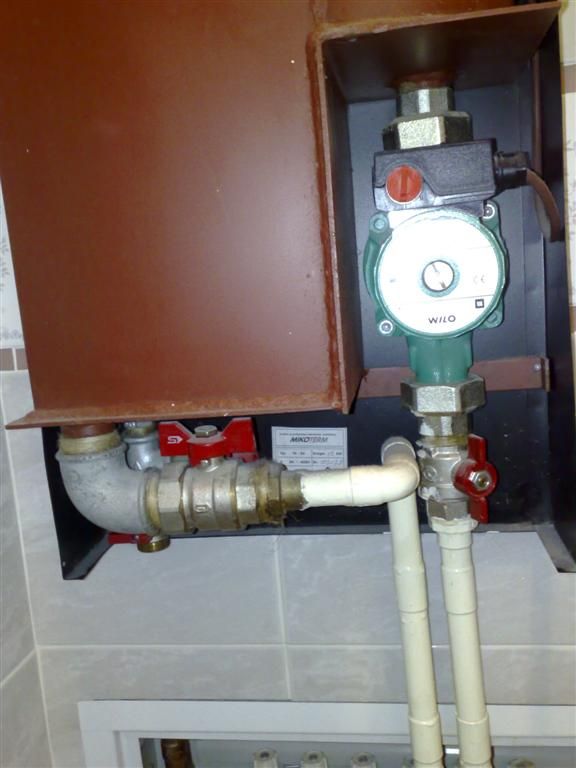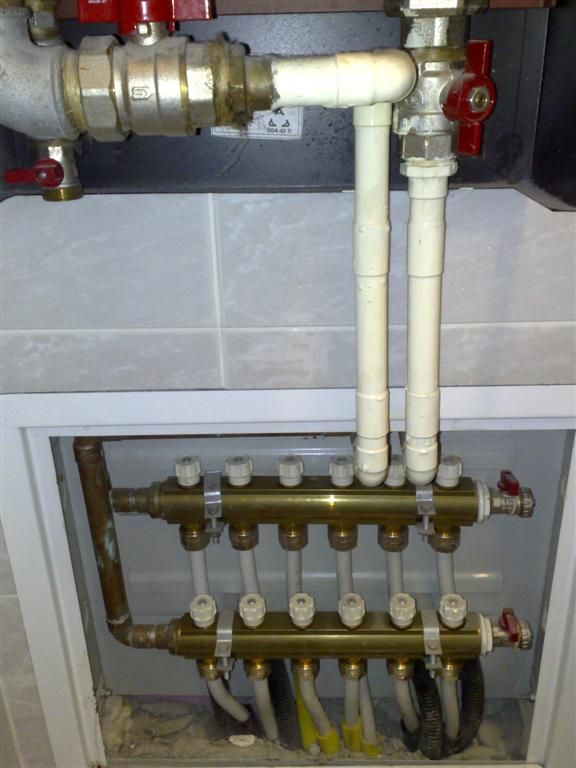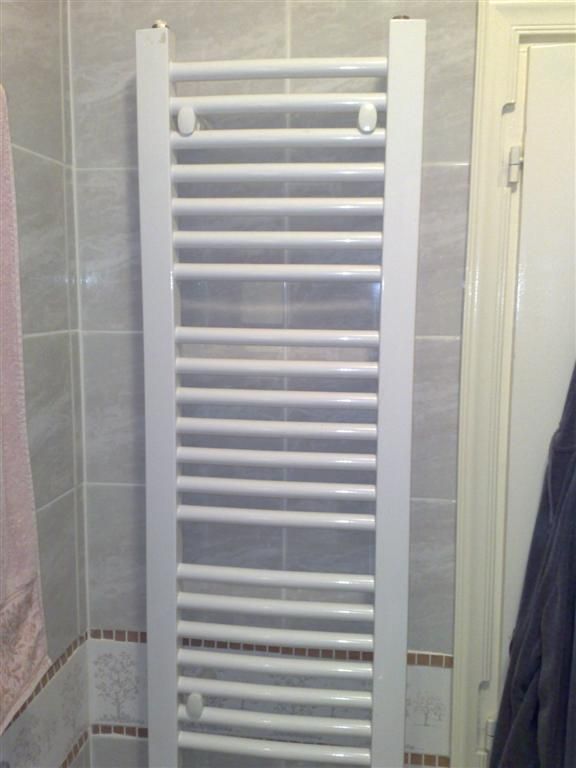palanaruva
Mechanical
- Dec 9, 2009
- 6
Dear colleagues,
I have closed heating system in my apartment and since the first day of installation there is all day air noise presence. Can someone suggest what would I need to do in order to remove these noisy noise?
I have a closed heating system with double speed wilo pump with lower speed setting. The pump is installed 1 m bellow the bathroom dryer, if this is important at all. When filling the system with water, all the air is removed and the system is starting to produce the noise. After some few days of working, air is accumulated in the highest part of the bathroom dryer, while the pressure at the electrical heater increased to 2.7 bars (was around 2 bars when starting without air presence). The temperature in the heater is being kept 65 degrees celsius constant. After removing the air, the system starts to collect air again at the same place and so on.
Is there any solution for removing this noise?
Thanks
P
I have closed heating system in my apartment and since the first day of installation there is all day air noise presence. Can someone suggest what would I need to do in order to remove these noisy noise?
I have a closed heating system with double speed wilo pump with lower speed setting. The pump is installed 1 m bellow the bathroom dryer, if this is important at all. When filling the system with water, all the air is removed and the system is starting to produce the noise. After some few days of working, air is accumulated in the highest part of the bathroom dryer, while the pressure at the electrical heater increased to 2.7 bars (was around 2 bars when starting without air presence). The temperature in the heater is being kept 65 degrees celsius constant. After removing the air, the system starts to collect air again at the same place and so on.
Is there any solution for removing this noise?
Thanks
P

